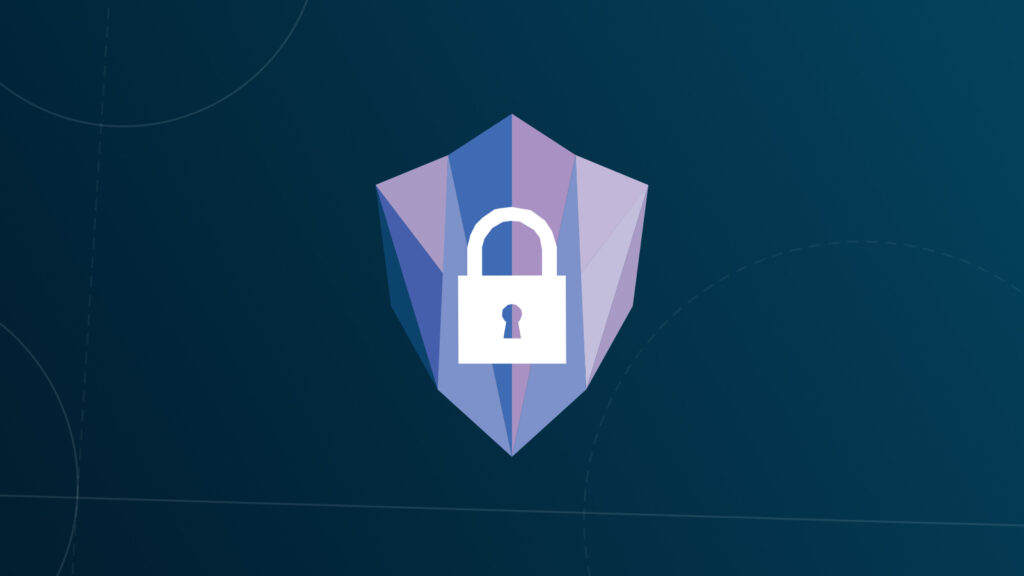
In our first episode of the Security Lab, Leon chatted with Microsoft’s Aileen Finlay about the role of the Defender Suite in tackling today’s security challenges. Aileen’s an expert in the field, and together they shared insights on how businesses can stay ahead in a fast-changing landscape – here are the five key things we learned.
XDR Unifies Detection and Response
Microsoft Defender XDR consolidates security data across endpoints, email, and cloud into a unified platform, making threat detection and response more efficient. Its automation capabilities reduce Time to Resolution (TTR), preventing attackers from gaining a foothold or escalating attacks. The integration of multiple tools under a single pane of glass not only simplifies management but also reduces the complexity of responding to incidents. By streamlining security operations, XDR ensures faster identification, containment, and resolution of threats, significantly improving an organisation’s overall security posture.
The Crucial Role of Time to Resolution (TTR)
The speed at which an organisation can detect and respond to an attack often determines the level of damage. Faster TTR means attackers are stopped earlier, reducing the chances of data exfiltration or operational disruption. Automated playbooks in XDR isolate compromised devices, reset credentials, and contain threats in real time. As demonstrated, delays in responding allow attackers to progress along the attack chain, embedding themselves deeper into systems. XDR’s automated workflows drastically reduce TTR, enabling organisations to respond within minutes rather than hours or days.
Leveraging the MITRE ATT&CK Framework
The MITRE ATT&CK framework outlines the various stages of an attack, from reconnaissance to privilege escalation and lateral movement. XDR maps its responses to this framework, enabling organisations to identify and disrupt threats at every stage. As the webinar demonstrated, stopping an attack during its early phases, such as reconnaissance or initial compromise, is far less damaging than addressing it during data exfiltration. This framework provides a structured approach to understanding threats, helping organisations predict and prevent further malicious actions effectively.
Simplifying Security with Consolidation
XDR helps organisations streamline security by consolidating multiple point products into a single solution. This reduces costs, improves operational efficiency, and simplifies incident management. The webinar highlighted that many organisations rely on dozens of disconnected tools, which complicates visibility and delays response times. By integrating solutions like endpoint detection, email security, and threat intelligence, XDR creates a seamless ecosystem where all security signals converge. This not only makes responses faster but also reduces the total cost of ownership by eliminating redundancies.
AI for Smarter and Faster Security
Microsoft Defender XDR integrates AI-powered tools like Security Co-pilot to summarise incidents in natural language, making complex data accessible and actionable. This is particularly valuable given the shortage of skilled cybersecurity professionals. During the webinar, it was noted that Security Co-pilot assists with incident summaries, compliance reporting, and post-attack analysis, reducing manual effort and increasing accuracy. The AI capabilities in XDR also help detect advanced threats, such as those using AI for social engineering or automated attacks, ensuring defences remain one step ahead.




